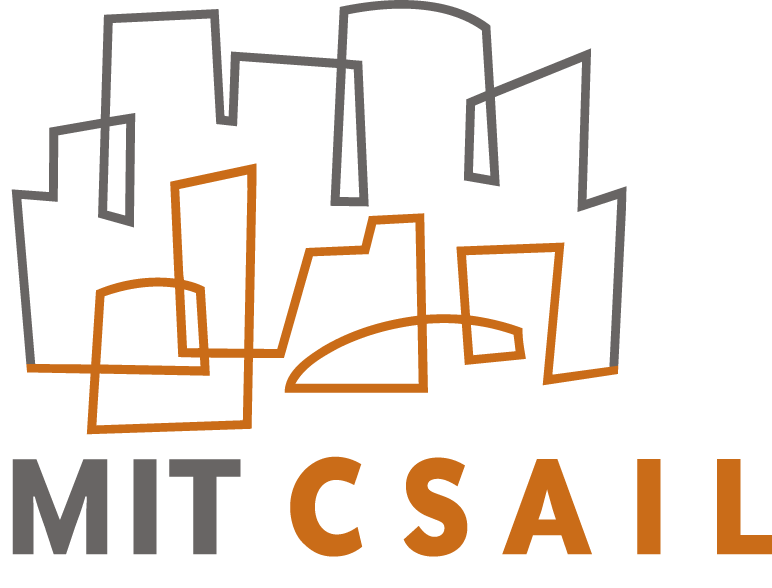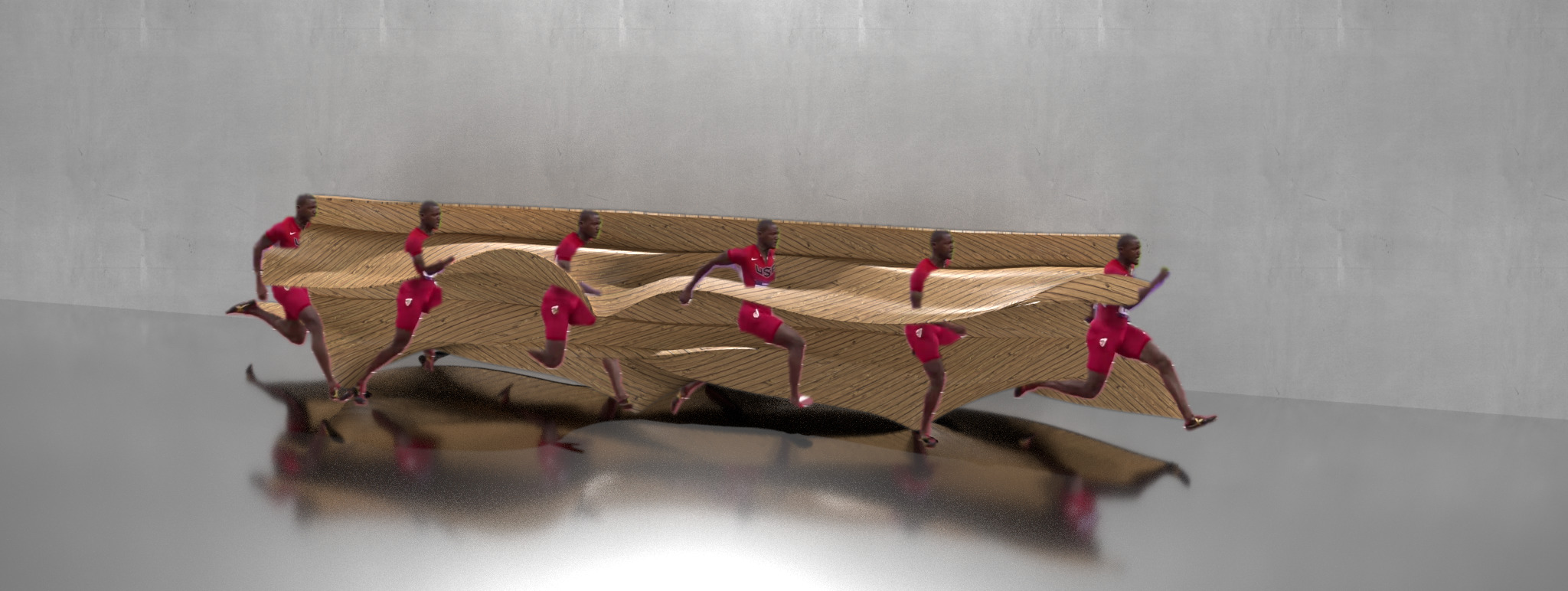


| 1 MIT CSAIL | 2 Google Research | 3 UC Berkeley |
 |
 |
 |
AbstractWe present a system that visualizes complex human motion via 3D motion sculptures---a representation that conveys the 3D structure swept by a human body as it moves through space. Our system computes a motion sculpture from an input video, and then embeds it back into the scene in a 3D-aware fashion. The user may also explore the sculpture directly in 3D or physically print it. Our interactive interface allows users to customize the sculpture design, for example, by selecting materials and lighting conditions. |

Our MoSculp system transforms a video (a) into a motion sculpture, i.e., the 3D path traced by the human while moving through space. Our motion sculptures can be virtually inserted back into the original video (b), rendered in a synthetic scene (c), and physically 3D printed (d). Users can interactively customize their design, e.g., by changing the sculpture material and lighting. |
MoSculp: Interactive Visualization of Shape and Time
Xiuming Zhang, Tali Dekel, Tianfan Xue, Andrew Owens, Qiurui He, Jiajun Wu, Stefanie Mueller, William T. Freeman
ACM Symposium on User Interface Software and Technology (UIST) 2018
publisher (open-access) /
high resolution /
arXiv /
supplementary /
BibTeX
|
|
VideoSlides |
 |
 |
 |
 |
 |
 |
 Featured as the 9/19 MIT homepage! Featured as the 9/19 MIT homepage! |
 |
 |
 |
YouTube / Vimeo / direct download
Courtesy of Tom Buehler (MIT CSAIL)
Our motion sculptures can be embedded back into the source video or rendered in a synthetic scene. Note that the depth ordering between the moving human and the sculpture is preserved.
In the following example, you can customize the sculpture design by hovering your mouse over the desired sculpture material. Our user interface (linked above) allows further customization, such as changing the lighting settings, sculpture transperancy, number of human snapshots, sculpture material, and rendering background.
| Wood Leather Metal Marble Tarp Tiles |

|
Since we have estiamted the full 3D geometry of the human, we can create a physical copy of the motion by 3D printing the motion sculpture.
Video Courtesy of Tom Buehler (MIT CSAIL)